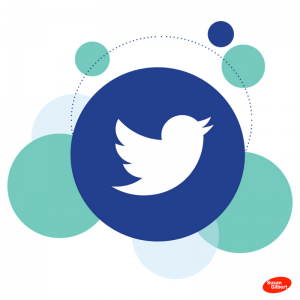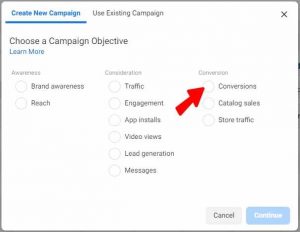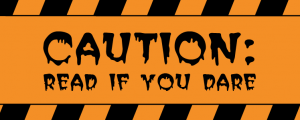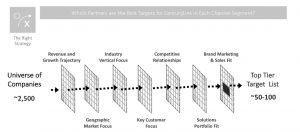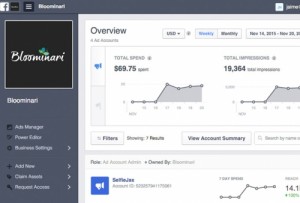A successful product launch might be the difference between being a Fortune 500 company and your company going under. If you can get enough traction after a launch, there’s no saying what can happen to your company. The best way to have a successful launch is to have a well-made launch plan. Read on to find out what exactly goes into a perfect launch plan.
What is a product launch plan?
A product launch plan revolves around you introducing a new product to the market. This plan will outline everything that’s required to get your new product made and sold. It’s as important as the small business plan you made before opening your doors.
Important things to be included in a product launch plan
The most essential thing that’s included in this plan is the required dates. The plan can be broken down into measurable and deliverable milestones with a corresponding date. If you’re targeting a certain release date, this is your opportunity to lay out the plan and determine which days you’ll need to have certain parts of the product completed.
An example product launch plan
It’s a little confusing to think about this idea on a theoretical level, so let’s put together an example.
You want to roll out your new line of mascara on May 1st, 2023. Your launch plan will step through the process and give firm dates for when you need certain things done. Your plan might look something like this:
- Working prototype: Feb 2022
- Testing completed: Aug 2022
- Second iteration prototype created: Feb 2023
- Final testing completed: Apr 2023
- Packaging, labeling, pricing complete: Apr 2023
- Product release: May 2023
One way to layout your plan is through a roadmap, like this example from Venngage.
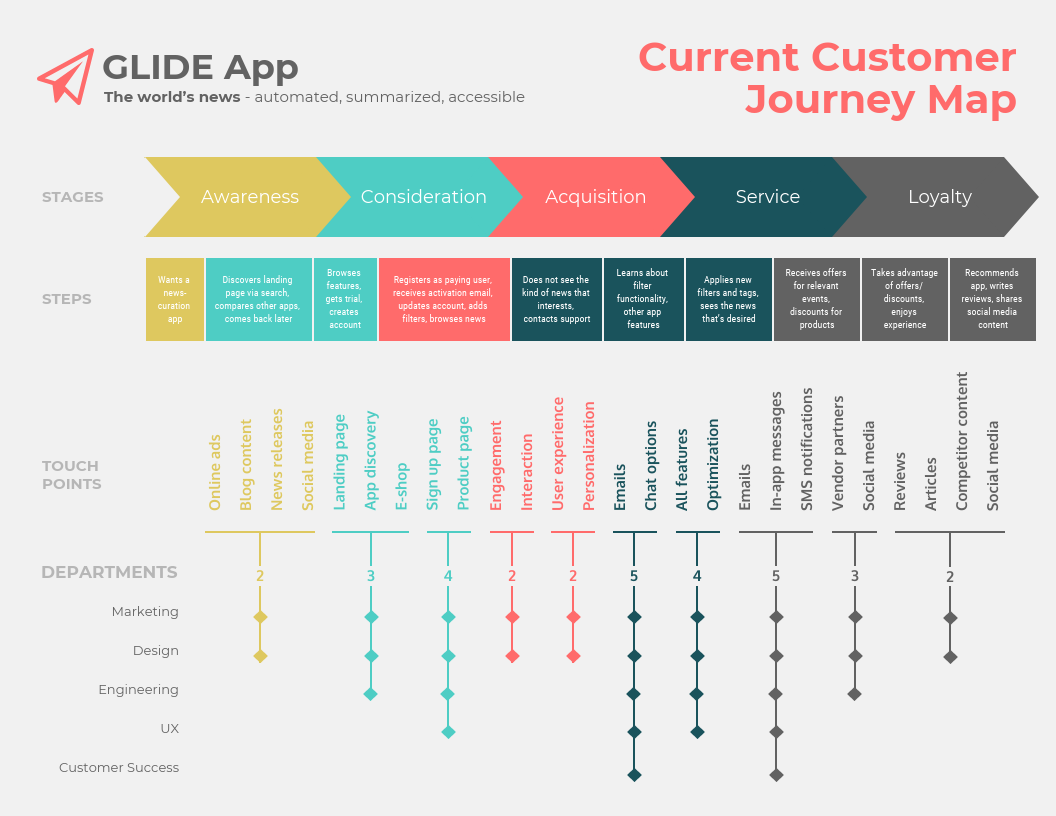
A roadmap can be represented in many different ways, but it’s easy to make them visually appealing.
What is a launch roadmap?
Launches require a lot of planning, foresight, and thought before you can even get started.
Why you need a roadmap
By sitting down and putting together a roadmap, you’re already imagining what the process looks like.
Your roadmap gives you directions on how to achieve a successful launch. As far as project management goes, this is a great way to keep everything in order. Making a roadmap is one of the best business tips that experts often cite when it comes to a product launch.
Once you’ve put a roadmap together, the subsequent ones become a lot easier. It’s all a matter of knowing what to include.
Important things to include in a product launch roadmap
Your roadmap should include:
- Milestones
- Dates
- People involved
- Resources needed
- What skills are required
Keep in mind, every step of your roadmap should have this information. If your launch has some unique features, you might even include other variables in each entry.
What is the importance of a launch roadmap?
While it’s not immediately obvious, a roadmap does a lot for your business. It doesn’t matter if you have a small team working for you or a massive, multi-national operation — a roadmap will help you achieve the perfect launch.
Keeps everyone on the same page
First and foremost, this plan will keep everyone on the same page. It will end up being a single document that can be easily shared and presented to other people. If anyone’s confused, they can refer to the roadmap and it should answer all their questions.
Since certain people and departments are assigned to certain tasks, there’s no room for error. People shouldn’t misunderstand the expectations as long as the roadmap is done correctly.
Gives targetable marching orders
For multi-disciplinary teams, a roadmap is perfect. Engineers, marketers, and manufacturers can refer to the same document and know what they need to do. Since there are associated dates, each team knows how aggressively they need to get to work.
In some roadmaps, you’ll get to see where everyone is and what needs to be done before later work starts to pile up. This is illustrated by a ProductPlan example below.
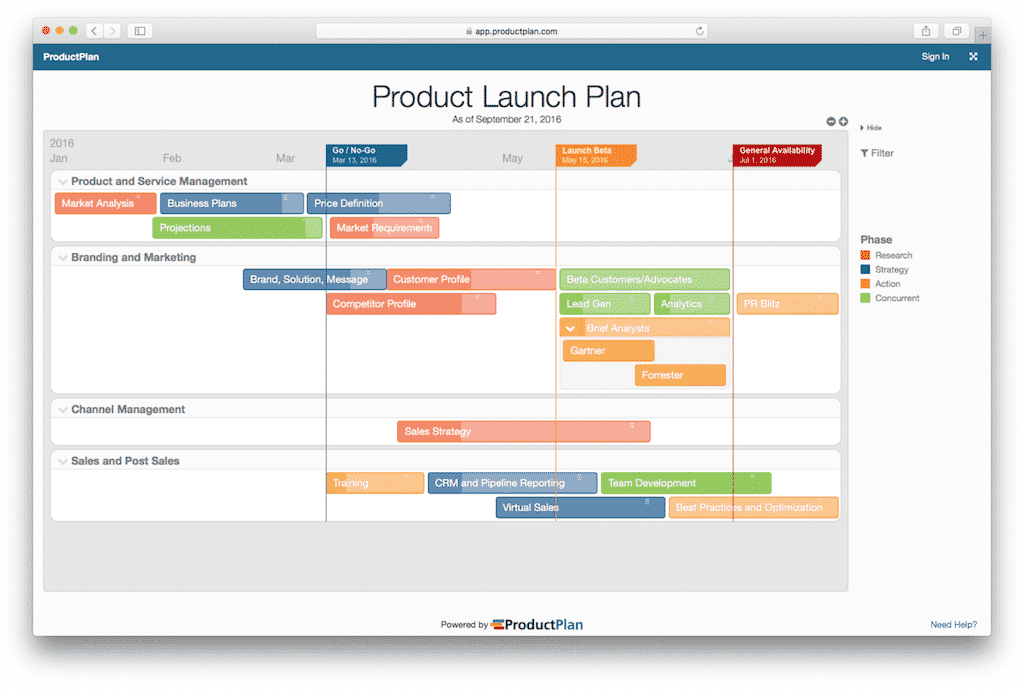
Some roadmaps can also function as a scheduling tool because you can see if any tasks and timeslots conflict.
Gives you a better idea of what the path forward looks like
Since the roadmap lays out the whole process from start to finish, you’ll understand what the path looks like. People who are working on certain parts of the product launch also understand how important their role is.
As a planner, it always helps to write out a roadmap.
Helps you plan for disasters
While writing it out, you’ll spot potential disasters. You’ll be able to think around the problem and potentially rework the roadmap to avoid disasters.
If manufacturing is slowed down, you don’t want every other team to suffer. Maybe you can create intermediate steps or shuffle around the overall plan to remediate these issues.
Defines which parts are reliant on other steps
Part of the mitigation process includes realizing which steps depend on one another. Clearly, you can’t test a product before you make it. This means that you can’t afford delays in the prototyping or initial production of your product.
You might be surprised to see how many steps rely on previous steps. If there’s a way to uncouple these steps, you should consider it. Nothing blows up a timeline worse than a delay on steps that are codependent.
How do you build a high-quality product launch roadmap?
Now that you know the importance of a roadmap, let’s get into the details. The following steps will help you build a roadmap that’s worth using.
Start with a goal
You can’t do anything if you don’t have a goal in mind. It’s no different than when you first started your business and had to come up with a goal.
In most cases, the goal revolves around getting your new product on shelves. It’s nice to tag a secondary goal onto that main one, perhaps the leading reason why you want to get the product to market. This secondary goal will help motivate your team and help them to see the bigger picture.
During this step, you’re starting with the final point and working your way backward. Sure, you want to end up with a new product, but what has to happen before that? That’s where milestones come in.
Create a list of milestones
A milestone is a specific thing that has to happen to progress your overall plan. Each milestone has to be actionable, measurable, and definite.
Since you know so much about the product you’re looking to make, you should already know every milestone that goes into it. Design, fabrication, and testing might be broad categories for the types of milestones you come up with.
If part of your product involves doing some networking, have a milestone that aligns with business networking. Since your product is unique to you, there’s no real template you can follow to make a list of high-quality and accurate milestones.
Determine a realistic timeline
With all of your milestones laid out sequentially, it’s time to come up with a timeline. It needs to be realistic or else the whole project will fall apart.
One way to get a realistic timeline is to get quotes from all the parties involved. The designers say they need 6 weeks, fabricators need 12 weeks, and testers need 3 weeks. Now you have a timeline. Of course, it’s always a good idea to add a little wiggle room into your timeline. After all, you don’t want one small hiccup to derail your product launch.
Attribute people, departments, and resources
Your roadmap is starting to shape up. Now you need to determine what’s needed for each milestone. If your product is getting worked on by in-house resources, you can assign resources to each step of the roadmap.
For example: “Designing will be done by Mike and his team, and he’ll need access to the shop floor.” Writing this down on the roadmap will tell everyone what’s going on and what they can expect. After this step, your roadmap is technically done — there are just some little details you can add to make it even better.
Highlight key milestones
Key milestones are the make-or-break parts of the project. Getting a working prototype is a really big milestone. If you highlight these key moments, the people working on them will understand the importance.
It also helps you from your perspective. You know that if you can hit these key milestones, your project has a good chance of going well.

A checklist will help you not miss anything you need to do for the product launch.
Consider using a checklist
We can’t stress the importance of a checklist. You can see an example above from Venngage.
Making one involves a little extra work, but it’s worth it in the end. A checklist will break down milestones into a very specific sequence of events. For example, “This group needs to do item A, then B, then C before they can move on to D. The next group needs to do this handful of tasks so the product testing goes well.” Every one of these items will appear on the checklist.
A checklist keeps track of things that get done when your team starts working. This is another example of something that can be easily shared, reported on, and presented to other people in the business.
You can quickly glance at the checklist and see how things are progressing. It gives a more detailed explanation than your general milestones do. Using a checklist will also help you quantify how much work was done and how much is left to go. If three of the six items are checked off, congratulations! You’re 50 percent through the project.
What are some strategies for a successful product launch?
Knowing how to launch a product isn’t as easy as just following some steps. If that were the case, then every product that was ever launched would be a huge success. It’s important to follow the steps, but it’s just as important to use the right strategies. Let’s take a look at some tips and tricks you can use to help your chances.
You don’t have to perfect your product first
As the market becomes more competitive, sometimes it’s better to be the first one to launch. Some companies can put perfection on the back burner and focus on rushing their product to market.
If you spend too long trying to perfect your first release, then someone else might beat you to it. At a bare minimum, you should launch when you know your product delivers the right features you designed it to. You can always iterate and roll out new versions of your product later. As long as you hit the ground first, you’ll be able to build from the initial success of your launch.
Focus on your customer’s experience, not just the product
Another thing to keep in mind is that your product will be used by human beings, unless you’re the first-ever robot clothing company.
You need to focus on how the customer will use and experience the product. Making a great item on paper doesn’t do any good if customers misuse it and therefore have a poor experience.
A toothbrush that cleans teeth 100 times better than the current leading option isn’t so great if customers’ mouths bleed the whole time. Balance a great product with a great experience.
Start with the final launch and work your way backward
After reading the steps in the previous section, this point should already be obvious. If you want a successful launch, start the process by thinking about the launch. Then, systematically work your way backward until you get to today. Along the way, you want to establish milestones, what needs to get done, and obstacles that might come up.
This is a tried-and-true method in project management. By planning for surprises, they suddenly become less surprising. By starting with the only known part of the launch — the launch itself — you can think your way through the unknowns.
Make sure you’re building hype along the way
The success of your launch can revolve around how excited people are to see your product. This means that you need to generate buzz as you work through development.
Releasing teaser pictures is a great way to do this. In fact, social media could be your greatest weapon during this process. When people are excited about your product, they’ll get other people excited about it. That means more sales initially and a better overall launch.
What other steps do you need to take when learning how to launch a product?
These steps, and tips, to create a product launch plan will help you have the best possible experience. A little bit of planning goes a long way, and a high-quality roadmap can make all the difference for you.
Business & Finance Articles on Business 2 Community
(47)
Report Post
